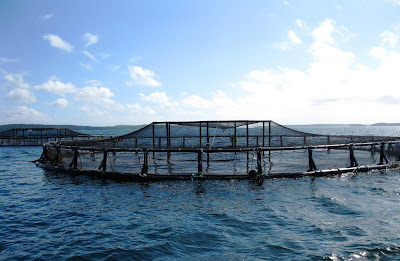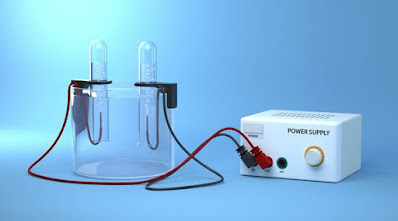Fisheries and Aquaculture
It's typically approved that the earliest fishponds were brackish sprinkle expanding milkfish, utilizing normally happening fry from tidal waters. For a long time, aquaculture in the Philippines was practically associated with milkfish society, particularly in brackish sprinkle fish ponds, relying completely on health food. In the very early 1970s milkfish farming broadened to consist of society in bamboo and web pens embeded in Laguna de Bay - the country's biggest freshwater lake. In the very early 1990s milkfish society in fish pens spread out to superficial aquatic bays and estuaries, especially in the Lingayen Gulf location. Milkfish society quickly spread out to web cages which were set or drifting in both freshwater and aquatic sprinkle. The society of milkfish in cages depended after and was quickened by the advancement and advertising of industrial feed by the feed millers (Yap, 1999).
Shrimp has constantly been an incidental gather in brackish sprinkle fish ponds for milkfish. Because of an advertising project in the mid-1970s, black tiger shrimp ended up being popularised in Japan. As a test delivery, 450 kg of black tiger shrimp were exported to Japan in 1975. Previously the 1980s shrimp farming had currently made some inroads in the Philippines, however the genuine grow in manufacturing started in the mid-1980s, as rich households in the Negros District started transforming their sugar ranches in earnest. They saw shrimp farming as a much more lucrative option to sugar. Shrimp ended up being leading aquatic item export from the Philippines, making at its top in 1992 roughly US$ 300 000 000. Nevertheless, illness issues in the very early 1990s triggered a considerable decrease in manufacturing. Mengenal Permainan Judi Sabung Ayam Online
Mozambique tilapia (Oreochromis mossambicus ) was presented right into the Philippines from Thailand in 1950. It wasn't well approved by customers in the 1950s and 1960s because of its dark colour, little dimension and bad picture. (Guerrero, 1994). In the very early 1970s the intro of Nile tilapia (Oreochromis niloticus), a types light in colour, improved the picture of tilapia and increased industrial manufacturing. In the late 1970s and very early 1980s, industrial tilapia manufacturing was progressed by the advancement of innovations for the reproducing of Nile tilapia in drifting web enclosures and the manufacturing of Nile tilapia in drifting cages with feeding. The brand-new innovations were moved to the economic sector for assessment. 1988 was a landmark year (Yapp, 1999) throughout which the Worldwide Facility for Living Aquatic Sources Administration (ICLARM), started a program to establish an enhanced stress of tilapia for inexpensive lasting aquaculture with financing from the Oriental Advancement Financial institution (ADB) and the Unified Countries Advancement Program (UNDP) and led to the manufacturing of Genetically Enhanced Farmed Tilapias (GIFT). The various other collaborators in the GIFT Job were the Bureau of Fisheries and Aquatic Sources (BFAR), Main Luzon Specify College (CLSU) and Norway's Institute for Aquaculture Research study (AKVAFORSK). Throughout the exact very same year, the British Abroad Advancement Company (ODA) likewise moneyed the Hereditary Control for Enhanced Tilapia (GMIT) job. Both jobs were carried out at the CLSU school.



